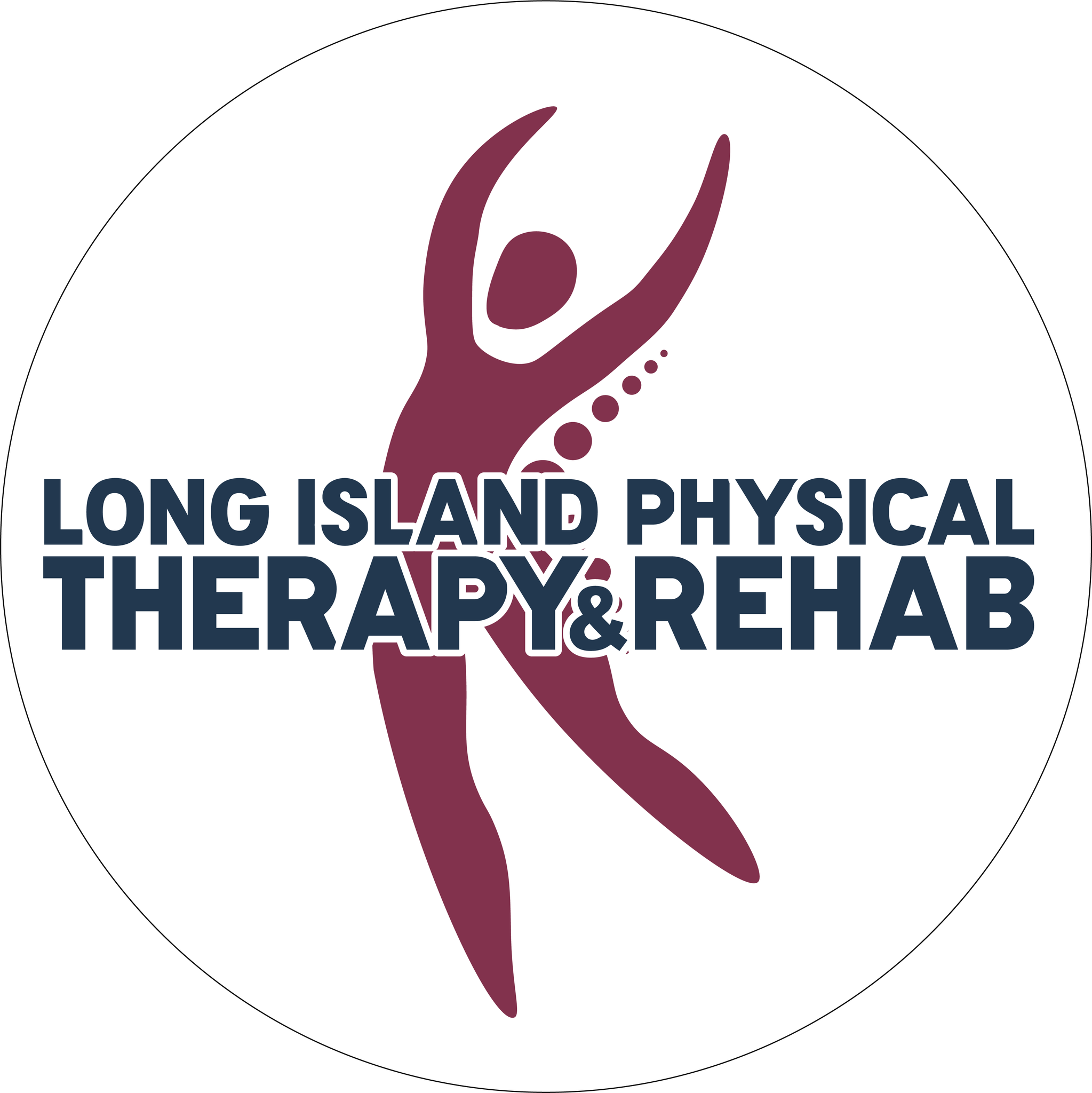Physical Therapy in Long Island, NY
"Transform your life with Physical Therapy: Reduce pain, improve mobility, and regain your freedom"
Do you feel pain regularly, preventing you from participating in activities you usually enjoy? Living with constant pain can be debilitating, but Long Island Physical Therapy and Rehab can help! With physical therapy, you’ll be able to reduce your discomfort while getting back to feeling your best and living life to the fullest. Don’t let pain keep you from being your best self – schedule an appointment today and start progressing towards improved health and wellness.
What is Physical Therapy?
Physical therapy is a type of healthcare that evaluates and treats musculoskeletal and neurological disorders and injuries. From sports injuries or post-surgical rehabilitation, from CVA or Spinal cord injury, physical therapists are trained to assess each patient’s needs and develop personalized treatment plans to improve physical function, reduce pain, and help individuals achieve their best possible outcomes. Treatment may include exercises, stretches, and hands-on therapy, which can be performed in a clinical setting or at home, depending on the patient’s needs and preferences.
Types of Physical Therapy
Physical therapy services can vary depending on the patient’s needs and goals. Physical therapy includes orthopedic, sports injury, post-surgery, neuromuscular, geriatric, and pediatric rehabilitation.
Orthopedic physical therapy evaluates and treats musculoskeletal disorders and injuries such as sprains, strains, fractures, and arthritis. Treatment plans may include exercises, stretches, and hands-on therapies to improve mobility and flexibility and promote healing. Use Moist heat, Cold Pack, and TENS to reduce pain.
Sports injury rehabilitation helps athletes recover from their sport-related injuries to return to their prior activity level. Physical therapists create a treatment plan that includes exercises and other therapies to reach their pre-injury functional status by improving strength, flexibility, and endurance.
Before resuming normal activities, post-surgical patients may benefit from physical therapy to regain strength and mobility and have a better functional outcome.
Neurological rehabilitation physical therapy helps the patient to regain mobility and functional ability. It improves the quality of life of patients who suffer from various neurological illnesses like Stroke, Spinal Cord Injury, Guillain- Barre Syndrome, Multiple sclerosis, and Parkinson’s disease.
Geriatric physical therapy is designed to help older adults maintain independence while improving their quality of life by addressing age-related changes in mobility, strength, or function. Exercise and other therapies improve balance while reducing fall risk or managing chronic conditions.
Pediatric physical therapy focuses on helping children develop their physical abilities while improving gross motor skills. This can be accomplished through exercises and other forms of therapeutic intervention designed to enhance strength coordination or balance.
Benefits of Physical Therapy:
Physical therapy can offer a range of benefits to those recovering from injuries or attempting to better their physical function. Potential advantages of physical therapy may include:
Pain relief: Through hands-on therapy, exercises, stretches, and various modalities can help to reduce pain caused by injuries, chronic conditions, or age-related changes in the body.
Faster recovery from injuries: Physical therapy can help individuals recover quickly through techniques and exercises that promote healing, improve function, and prevent further damage or chronic conditions.
Increased strength and endurance: Exercises and other therapies in physical therapy can enhance muscle strength and endurance, so individuals can carry out daily activities with greater ease while reducing the risk of future injuries.
Improved balance and coordination: Physical therapy can improve balance and coordination, decreasing the risk of falls through balance exercises which can enhance proprioception and stability.
Better overall physical function: Physical therapy helps individuals improve their overall physical function and quality of life by handling mobility, strength, and endurance concerns. Additionally, it may assist individuals in managing chronic conditions while reducing reliance on medication or other forms of treatment.
Increased mobility: Physical therapy can help people increase their range of motion and ability to perform daily activities with strengthened muscles and improved flexibility.
The physical therapy process
The physical therapy process is a comprehensive and personalized approach to helping patients improve their physical function. It typically involves several steps, including an initial evaluation, treatment plan development, and progression through therapy. Here is a closer look at what to expect during each phase of the physical therapy process:
Initial evaluation: During this phase, the therapist will evaluate the patient’s condition, medical history, and physical function to determine the best course of treatment. This may include asking questions about their symptoms, performing physical exams and special tests, and observing the patient’s movement and posture. Based on their findings, the therapist will develop a customized treatment plan to meet the individual’s goals and needs.
Treatment plan development: With the patient’s input, the therapist will create a custom treatment plan that may include stretching exercises, strengthening exercises, balance exercises, hands-on therapy techniques, and more. The therapist will also work with them to set specific goals for their treatment and establish a timeline for progress.
Progression through therapy: The patient can then begin working with their therapist on progressing through their treatment plan, which may involve regular visits to their office or at-home exercises and other therapies prescribed by the therapist. The therapist will monitor progress closely while adjusting as needed until they achieve their rehabilitation goals, with a gradual reduction in the frequency of visits recommended when progress is made.
Ultimately, patients need to be actively involved in their physical therapy process to get all of its benefits as they strive to achieve optimal results.
“Empowering patients through personalized, collaborative physical therapy care”
Collaboration: Many physical therapy practices strive to provide collaborative patient care, working closely with patients and other healthcare providers to develop tailored treatment plans and monitor progress. Regular communication with physicians and specialists helps ensure that all aspects of the patient’s care are coordinated.
Hands-on Therapy: Therapies such as massage, joint mobilization, and manual stretching may reduce pain and improve mobility. These can be essential to treatment plans and may be combined with exercises for greater efficacy.
Exercise-based Therapy: Exercises prescribed by physical therapists can help strengthen muscles, increase flexibility, and build endurance. Such exercises may be performed in the clinic or home as part of an at-home exercise program.
Technology: Some physical therapy practitioners may incorporate technology to facilitate patient care, including electronic medical records, rehabilitation equipment, or other tools to track progress over time.
Ultimately, the goal of any physical therapy practice should be centered on providing quality, personalized care that helps patients reach their rehabilitation goals and improve overall physical function.
Request Appointment


